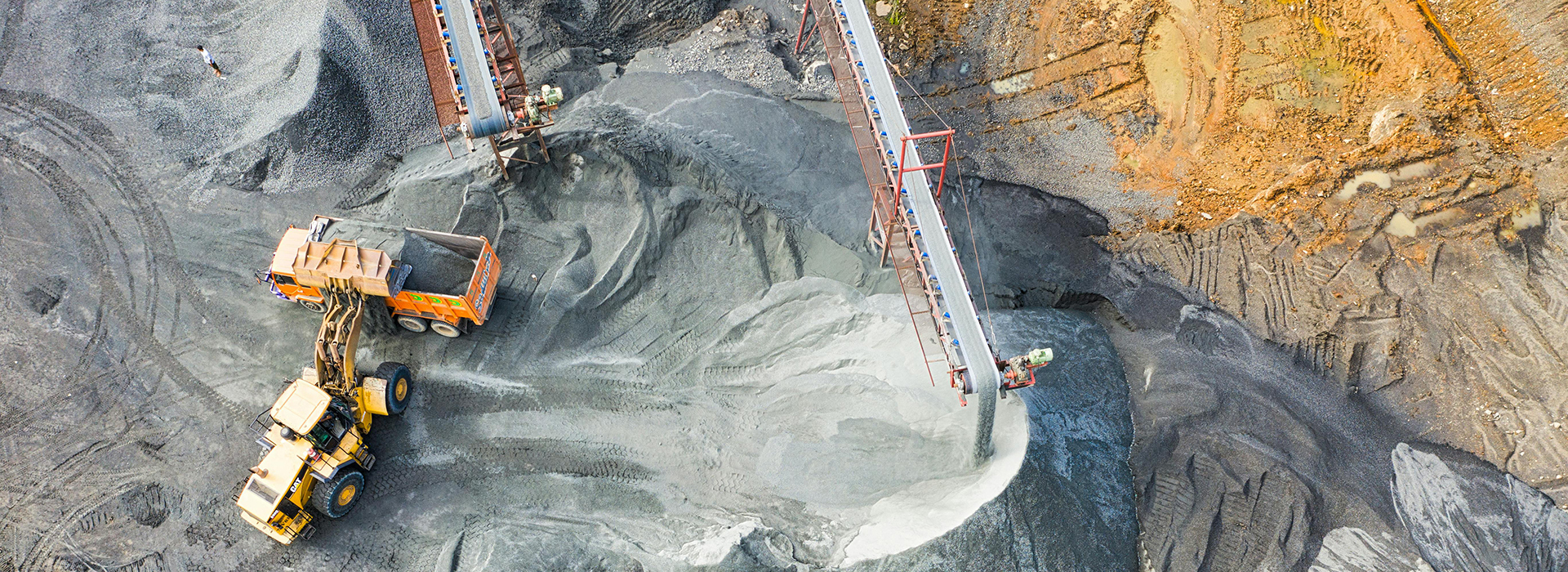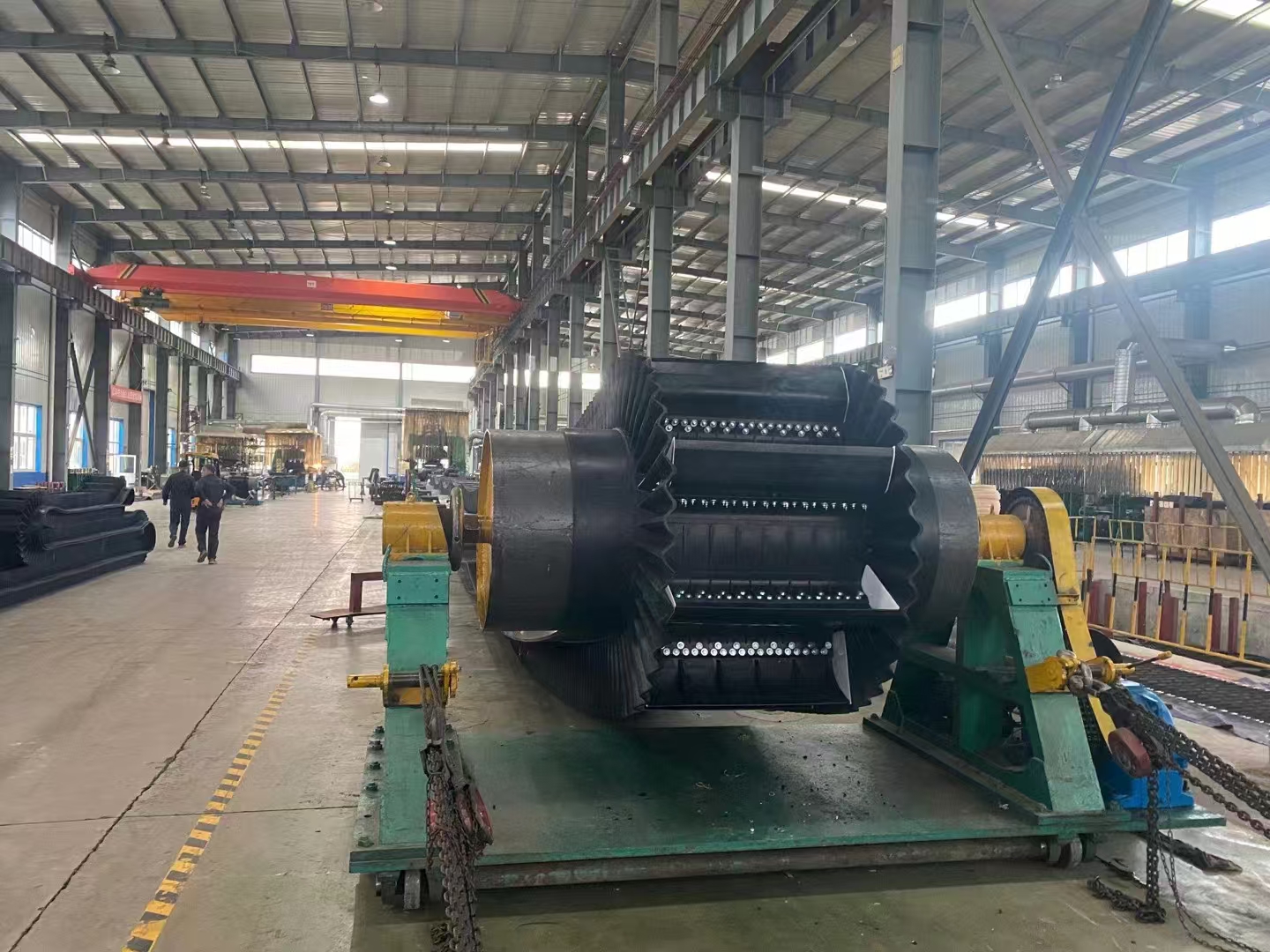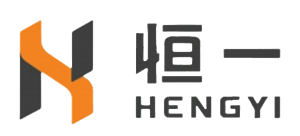
What Sets Steep Angle Sidewall Conveyor Belts Apart from Standard Conveyor Systems
2025-10-21 09:29You notice a clear difference when you compare a Steep Angle Sidewall Conveyor Belt to a standard conveyor system. The sidewall design lets you move materials up very steep angles, even close to vertical, while saving space. You can boost your throughput in tight areas without worrying about spillage or loss of control. This system works where traditional conveyors cannot, giving you more flexibility and efficiency.
Key Takeaways
Steep Angle Sidewall Conveyor Belts can transport materials at inclines up to 90°, maximizing vertical space and efficiency.
These belts require less floor space than standard conveyors, making them ideal for tight areas and multi-level facilities.
The unique sidewall and cleat design minimizes spillage, ensuring materials stay secure during transport.
Steep angle systems offer flexibility in handling various materials, from fine powders to large aggregates, with customizable features.
Investing in a steep angle conveyor can lead to lower operating costs due to reduced spillage, energy use, and maintenance needs.
These conveyors excel in industries like mining, construction, and logistics, where steep inclines and space constraints are common.
Regular maintenance and inspections are crucial for both conveyor types, but steep angle systems may require specialized cleaning methods.
Choosing the right conveyor system depends on your specific needs, including space, material type, and incline requirements.
System Overview
Steep Angle Sidewall Conveyor Belt
You gain a unique advantage when you choose a Steep Angle Sidewall Conveyor Belt for your operation. This system uses a specialized rubber belt with corrugated sidewalls and cleats, which allow you to move materials at steep inclines—even up to 90 degrees. The belt forms a closed loop around driving and redirection drums. Several key components work together to ensure smooth operation:
Tail tension device keeps the belt tight and prevents slippage.
Tail pressure belt device helps maintain consistent pressure on the belt.
Middle bracket and roller set support the belt and load.
Edge conveyor belt with undulating baffles and diaphragms prevents material from spilling.
Head pressure belt device and head transmission device drive the system.
Cleaner removes debris and keeps the belt surface clear.
You can select from different baffle types, such as T, TS, or C, to match your material and incline needs. This flexibility lets you handle a wide range of materials efficiently, even in tight spaces.
Standard Conveyor System
A standard conveyor system offers a more traditional approach to material handling. You typically see these systems in applications where the incline does not exceed 18 degrees. The main components include:
You rely on these elements to move goods efficiently across flat or gently sloped surfaces. The system’s design focuses on flexibility and ease of integration into existing workflows.
Key Differences
When you compare these two systems, you notice several critical differences that impact your choice.
Steep Angle Sidewall Conveyor Belt handles inclines from 18° up to 90°, while standard conveyors typically manage up to 18°.
You need less floor space with a steep angle system, as it rises sharply and reduces the conveyor’s length.
The sidewall design minimizes transfer points, so you experience fewer interruptions and less material loss.
Standard conveyors often provide greater capacity per belt width, but the steep angle system compensates by maximizing vertical space.
The physical structure differs: standard conveyors use smooth or cleated belts and truss frames, while steep angle systems use channel frames and pocketed, corrugated belts.
Choosing the right system depends on your space, incline, and material handling requirements. If you face space constraints or need to move materials at sharp angles, the Steep Angle Sidewall Conveyor Belt gives you a clear edge.
Incline Capability
Maximum Angles
When you evaluate conveyor systems, the maximum incline angle stands out as a critical factor. Standard conveyor systems typically operate at inclines between 12° and 20°. Some special cleated or corrugated belts can push this limit to about 30° or 35°. However, you achieve a significant leap in performance with a Steep Angle Sidewall Conveyor Belt.
Steep incline conveyors permit the transportation of bulk materials at inclines ranging from 18 degrees to 90 degrees, while still maintaining the feed and discharge properties of a standard belt conveyor.
You can see the comparison clearly in the table below:
This wide range allows you to move materials almost vertically, which is impossible with standard systems. You gain the flexibility to design your material handling process for tight spaces or multi-level facilities without sacrificing efficiency.

Sidewalls and Cleats
The engineering behind steep angle systems relies on more than just the belt’s angle. You benefit from specialized features that keep materials secure during steep transport. Sidewalls and cleats play a vital role in this process.
Sidewalls provide a continuous barrier to prevent material spillage.
Cleats prevent materials from falling off the belt during steep transport.
You can choose sidewalls made from materials like polyurethane or rubber.
Custom designs are available for unique applications.
On steep inclines, materials face a higher risk of falling off the conveyor. Cleats help retain materials, while sidewalls act as protective barriers on both sides of the belt. This combination ensures your materials remain securely in place throughout the journey.
You also gain from the unique design of the base belt. It offers transverse rigidity and longitudinal softness, allowing the belt to adapt to sharp angle changes without losing stability. This engineering lets you transport bulk materials between different elevations with confidence.
Steep angle sidewall conveyor belts have a unique design that minimizes material leakage. The base belt's transverse rigidity and longitudinal softness allow it to adapt to angle changes. Cleats and flexible sidewalls secure materials at steeper angles, preventing spillage.
When you choose a Steep Angle Sidewall Conveyor Belt, you equip your operation with a system that handles extreme inclines and secures your materials every step of the way.
Material Handling
Capacity
You want a conveyor system that matches your production goals. Steep angle sidewall systems let you move large volumes of material in a compact space. The vertical or near-vertical design means you can increase throughput without expanding your facility’s footprint. Standard conveyors often require longer runs and more floor space to achieve similar capacity. With a steep angle system, you can stack more material vertically, making the most of your available area.
When you select the right cleat height and sidewall size, you can tailor the system to your specific load requirements. This flexibility helps you handle everything from fine powders to large, bulky items. You get consistent, high-capacity performance, even when working with challenging materials.
Spillage Control
Material loss can hurt your bottom line. You need a conveyor that keeps your product where it belongs. Steep angle sidewall systems excel at minimizing spillage, especially on steep inclines. The combination of high sidewalls and strong cleats creates a secure pocket for your materials.
You benefit from lower spillage, which minimizes material loss during transport. Hot bonding increases the adhesion of sidewalls and cleats, preventing separation and delamination.
You also gain these advantages:
Ideal for spill-proof transportation on inclines.
Strong cleats prevent material retraction.
Reduces material loss in steep angle applications.
Standard conveyors struggle to contain material on sharp inclines. You often see spillage at transfer points or along the belt. With a Steep Angle Sidewall Conveyor Belt, you keep your operation cleaner and more efficient.
